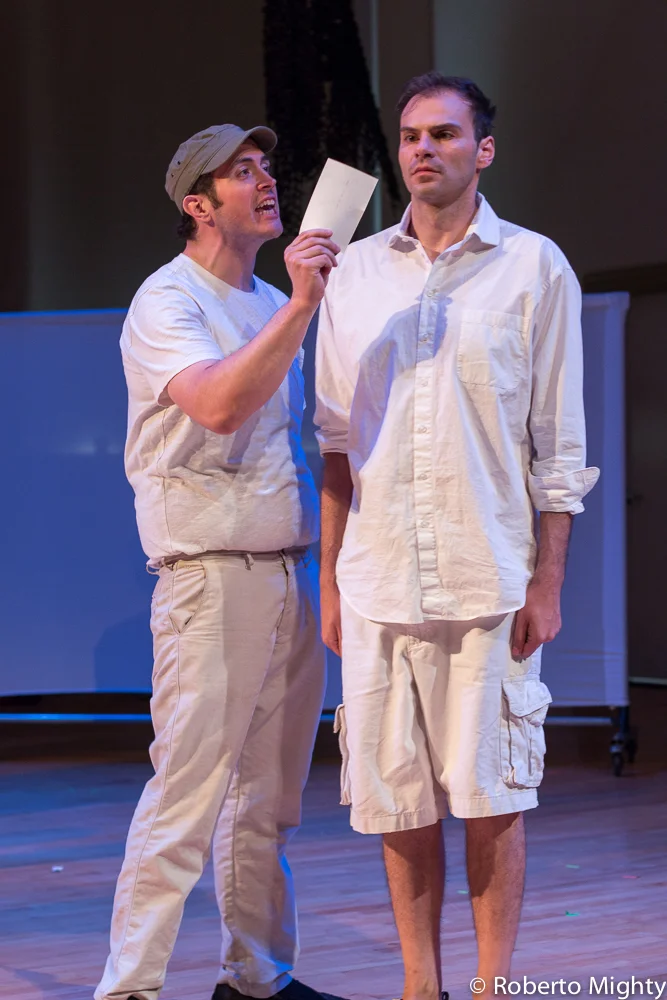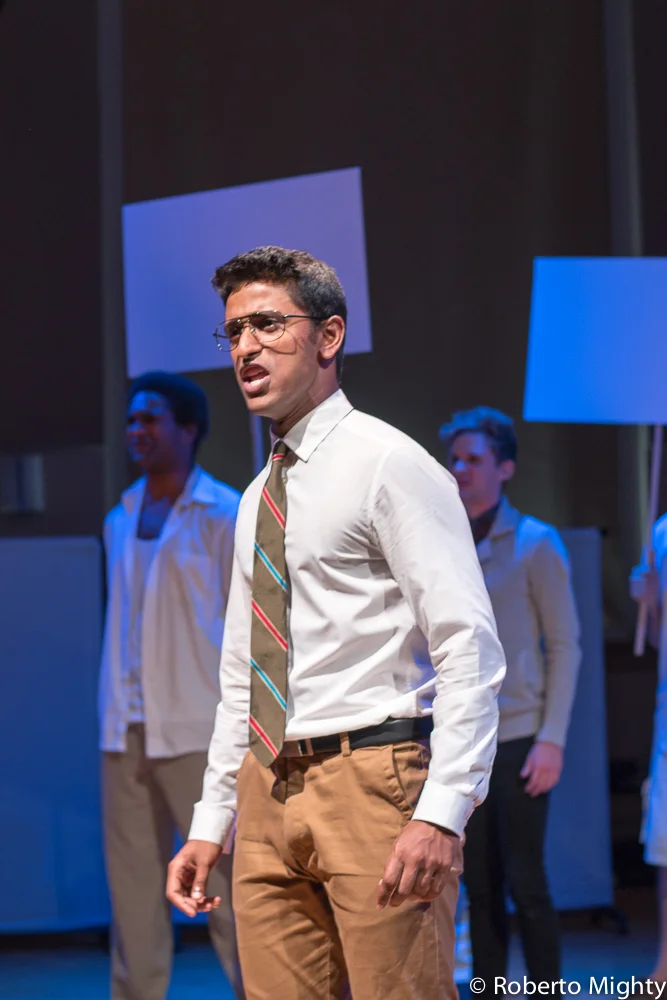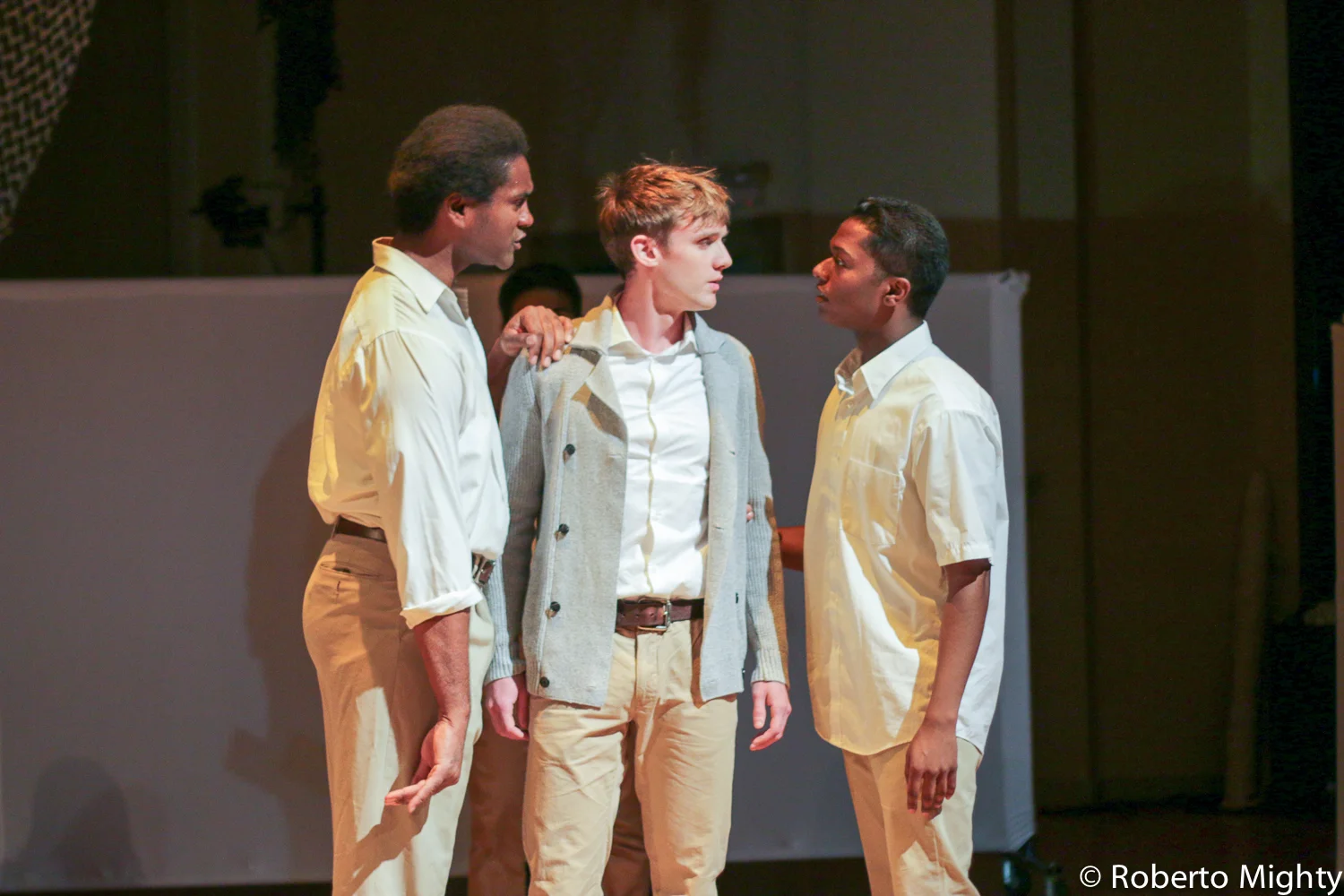- Maggie Martin, Co-Director, Iraq Veterans Against The War, Iraq War Veteran (2003, 2005)
“Moving, inspiring, soulful”
- Pat Hynes, Director, Traprock Center for Peace and Justice, Greenfield, Massachusetts
“I was a child when the men in my community went off to the war, or didn't. You captured the confusion in my community so carefully and exactly. I feel so grateful to get to review/re-see that time in a way that feels healing to me. I pray many people get to see this work.”
- Laura Ruth Jarrett, Jamaica Plain, Massachusetts
For Social Justice Activists
The military draft during the Vietnam War created an agonizing dilemma for millions of young Americans. And the choices they made changed their lives forever. Peter Snoad’s award-winning play, The Draft, dramatizes the real-life stories of 10 of those young people.
The play is based on Tom Weiner’s book, “Called To Serve: Stories of Men and Women Confronted by the Vietnam War Draft”
You can now purchase a live-performance video of The Draft. It includes a special feature of selected clips on key topics (e.g. race and class; women, the draft, and war). A free companion study guide and the script of the play are also available.
These resources not only bring alive a critical period of U.S. history. They also offer inspiration: the power and possibility of social movements – like the anti-war movement – and the example of individuals acting courageously out of moral and political conviction.
The Draft is framed around a study tour of modern-day Vietnam by a group of U.S. college students. One of their pre-trip assignments is to interview people about their experiences with the military draft during the Vietnam War. The stories from those interviews – of eight men and two women – are interwoven throughout the play.
George Williams, Al Miller, and John Bisbee accepted the call to serve, saw combat in Vietnam, and struggled with post-traumatic stress disorder (PTSD) and societal rejection after their return home. Tom Gardner won conscientious objector status and organized for civil rights and against the war. Randy Kehler resisted and went to jail. Jay Holtzman chose self-exile in Canada. Roger Wallace was prepared to leave the country, too, but the draft ended before he was called up; he was active in a college anti-war group. Frank Marotta got a medical deferment with a fake x-ray provided by his family doctor and became a draft counselor.
Of the two women featured in The Draft, Diane Clancy was a campus anti-war leader and counseled traumatized veterans. Penny Rock worked as a nurse at a U.S. military hospital in Vietnam, and saw the horrors of war in the maimed and dying young people she cared for. She, too, suffered with PTSD.
Together, their stories give voice to the passion, the anguish, the joy, the inspiration, and the intense personal and collective struggles of a generation.







